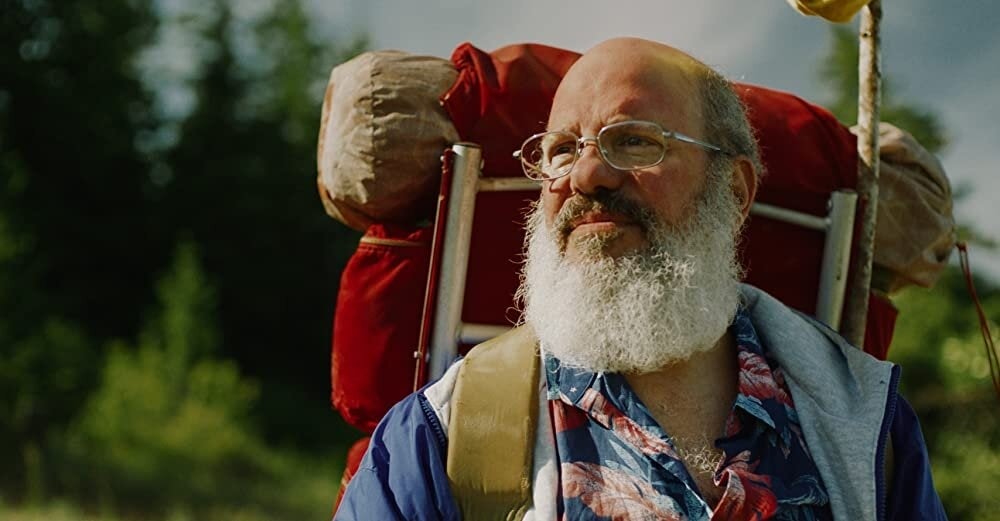
With consumers around the world still spending a significant amount of time at home#
— whether by choice or as required by law — traditional marketing strategies will become even more obsolete in 2021. Unlike in years past, when luxury and fashion houses showcased their brand power via splashy, VIP-filled bashes and over-the-top fashion shows, it is now necessary to adopt more subtle approaches to influencing consumers still contending with the Covid-19 pandemic.
For a growing number of brands, the most effective approach is through content, primarily in the form of film or video infused with the brand’s presence, though not always in an obvious manner. Often, a viewer will get through an entire program with only the faintest realization of the brand’s hand in production until the closing credits, and that’s the point. Numbed by ubiquitous advertising (both online and offline), consumers have become harder to reach through traditional advertising alone. By providing a measure of entertainment with their marketing, brands are able to retain viewer attention for significantly longer periods of time than with traditional advertisements.
“[Long-form, brand-funded content] is a fairly new medium that has surged in the last three to five years,” producer Marcus Peterzell said in 2019. "Instead of branded entertainment, brands are actually funding features, documentaries — sometimes full-length pictures. Some go into movie theaters, on
Netflix#
or
Hulu#
, where the brand takes a back seat [in terms of on-screen presence]. They're really turning the film over to the director. There's no one perfect formula, but it's exploded as a new medium to utilize."
Peterzell could not have foreseen the impact that the Covid-19 pandemic would have on brand-funded content, but it has been significant. In recent months,
KFC#
(a leader in content-commerce marketing strategy) released the tongue-in-cheek television film “A Recipe For Seduction” on Lifetime, while outdoor retailer
REI#
produced the feature “The Dark Divide” via its REI Co-op Studios imprint.
Nick Cakebread of Gusto Luxe recently told CCI that this type of content has become a major focus for brands along with e-commerce livestreaming. “For our clients, nearly every major campaign we’ve run this year has involved livestreaming, brand-funded programs, or brand collaborations, often in some combination,” he said. “As China’s social media platforms become increasingly e-commerce-capable, our emphasis is on driving content to commerce.”
The question for any brand planning for another impossible-to-predict year is just how much brand-funded content to add to the marketing mix. For those facing resistance from consumers to sitting through advertisements, it’s a no-brainer, and for many others, experiments with branded films (which are longer than an ad but shorter than a feature film) have built the confidence to move into longer-form content.
Samantha Glynne, Global Senior Vice President of Branded Entertainment at Fremantle, recently told Advanced Television: “Content is a great way to highlight brand purpose — much more effective than a 30-second spot. So brands that have had a story to tell during Covid times, about their place in the community for example, can really benefit from branded entertainment now. That could be
Unilever#
,
P&G#
,
Amazon#
, or other e-commerce brands.”
In China, where long-form brand-funded content has become widely accepted, there are a growing number of outlets for this content. Short video apps like Douyin and Kuaishou are massively popular, while video streaming pioneer
Bilibili#
has moved rapidly to increase its footprint in the long-form content realm. Last year’s lockdowns created an opportunity for platforms, brands, and content creators to collaborate and innovate.
For brands, the path to getting consumers to accept long-form branded content has been paved by educational and lifestyle programming. “From coding to cooking to DJing, video [on
YouTube#
] lends itself well to answering “how-to” queries, but it’s tough to offer truly educational content in a thirty-second video,” CCI columnist Tanya Van Gastel recently noted. “The same goes for Bilibili...In May 2020, lifestyle content (fashion and vlogs) overtook gaming and anime for the first time to become the number one content category on the platform. Bilibili's ranking of most popular content also shows that beauty and fashion-related videos are amongst the highest ranked videos.”
Having honed their skills via short films over the past several years, we can only suspect that top luxury and fashion brands will invest more in brand-funded content. The opportunity is simply too significant, especially given that many core consumers are likely to continue spending extended amounts of time at home and online. The key for these brands is to nail the balance between content and commerce, working to create content that both entertains and includes some kind of path to purchase. It can be done, and if anyone is going to do it well it will be image-focused high-end brands.
